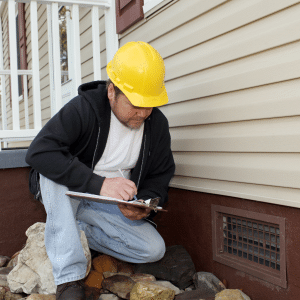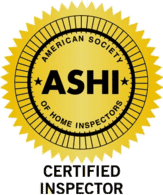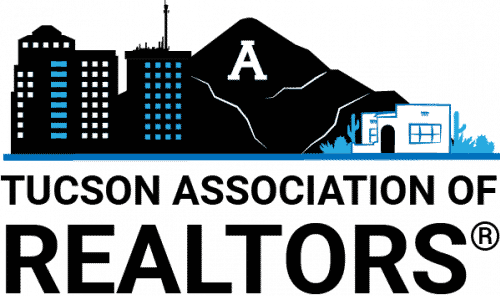When it comes to reading a home inspection report, home buyers usually belong to one of two camps: They either shudder at the site of the sometimes-long document or curl up with a hot cup of coffee and delve into it like a good book. (Engineers usually fall into the latter group.)
Whether buyers are from camp one or camp two, they will inevitably come to rely on this extremely important resource when deciding to purchase a home, regardless of whether it’s their dream home or an investment. It is the tell-all result of having someone go where the potential homeowner has not gone before (the roof, the attic, etc.). Even for brand-new homes, buyers are usually surprised when an inspector prints out a multi-page report with items that are in need of attention or repair.
For those buyers who hate the thought of reading a novel about plumbing, there is usually a “summary” report that accompanies the detailed inspection report with “just the facts, ma’am.”
“The home inspection report is an invaluable resource,” says Dale Pavlicek, associate broker at Coldwell Banker Residential Brokerage in Scottsdale, Arizona, “My buyers and I review the report with the inspector and ask lots of questions, especially on the technical findings.”
So, what is typically included in an Arizona Home Inspection Report? There is an introduction, a photo of the home, the address, the buyers’ names, the inspection date, and usually many, many photographs. Most importantly, it includes commentary on all the major items that are inspected (see below).
Inspection report(s) vary from inspector to inspector, depending on their software and style, but all reports generated by an Arizona-licensed Home Inspector have the same components, thanks to an Arizona state law passed in 2002 with the help of the National Association of REALTORS®.
Before our state standards, many REALTORS® complained that home inspection reporting was all over the board. “Back then, anyone could hang up a sign saying they were a home inspector,” says Pavlicek. “The law to certify home inspectors not only held their profession to a higher standard but gave guidelines on what needed to be included within a home inspection.”
The current standards for reporting require inspectors to observe and describe various components in and around the house. You may be surprised to find out that many items and issues included within a typical home inspection are not actually required by law, but are included in the report by some inspectors. For instance, Arizona inspectors are not required to observe fences, soil conditions, irrigation systems, or smoke detectors, but many go above and beyond the standards to include commentary in their report on some or all of these items.
Today, most inspectors use one of many computerized reporting systems to provide easy-to-read reports. Regardless of how the report looks, if it is stylized with headers and graphics, or just a bare bones type, it should be able to explain in layman’s terms the findings on all items included in the inspection.
But most important of all, if you have a question or need further clarification on an item on your inspection report, your inspector is just a phone call away.
What is typically included in an Arizona home inspection report?
Site: Grading, drainage, walkways, driveways, patios and decks
Structure: Exterior walls, trim, foundation, slab and basement/crawlspace
Attic: Insulation, ventilation and framing
Roof: Surface condition and drainage
Garage: Overhead vehicle door, automatic opener and fire separation
Laundry: Washer/dryer connections, utilities and sinks
Plumbing: Water main, supply, waste and vent piping, fuel system, water heater
Heating/Cooling: A/C and heat systems, ducting, filters and thermostat
Electrical: Service entrance, main and sub panels, wiring, outlets and switches
Interior: Floors, walls, ceiling and doors
Kitchen: Cabinets, sinks, built-in appliances
Bathrooms: Cabinets, sinks, faucets, tubs, showers, toilets and ventilation
Pool/Spa: Interior, deck, filter, piping, electric and heater















